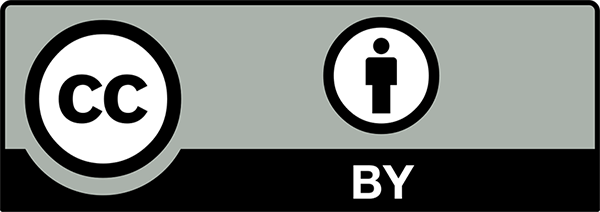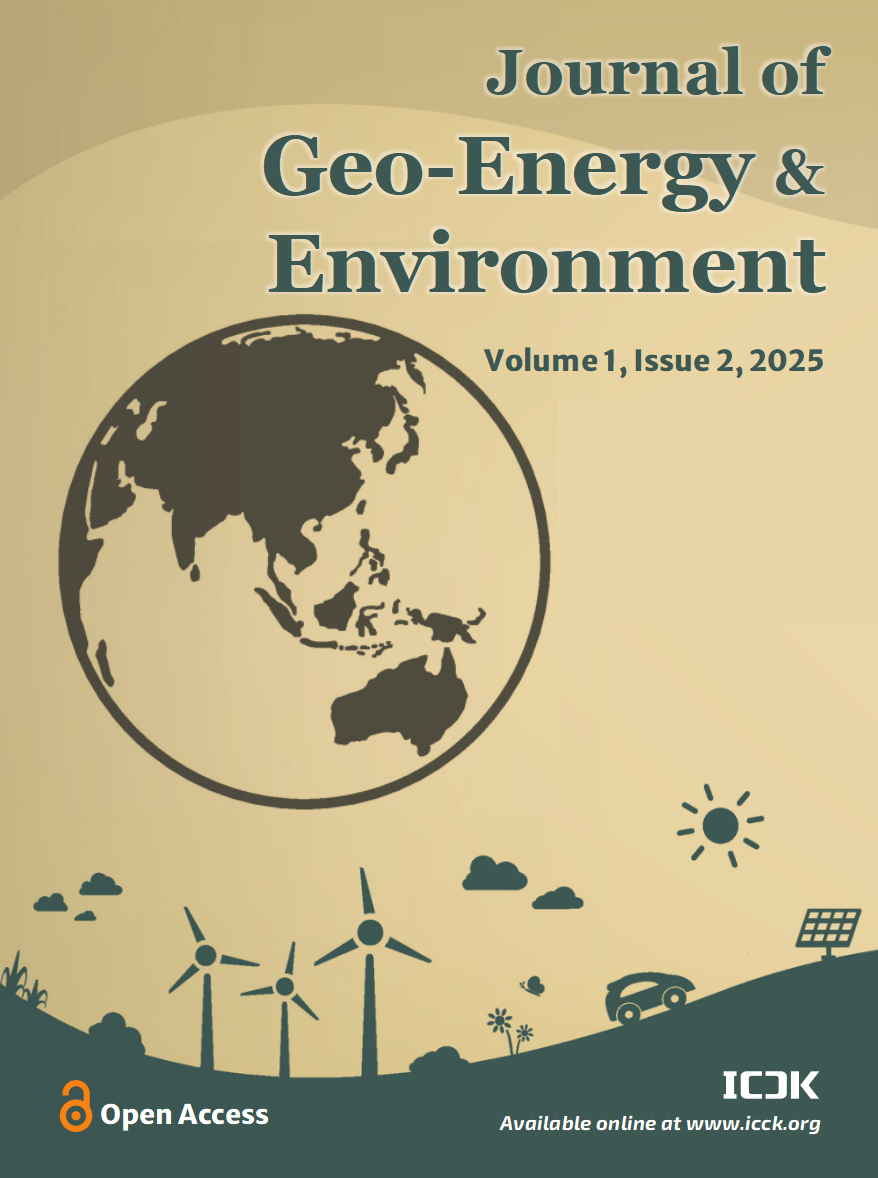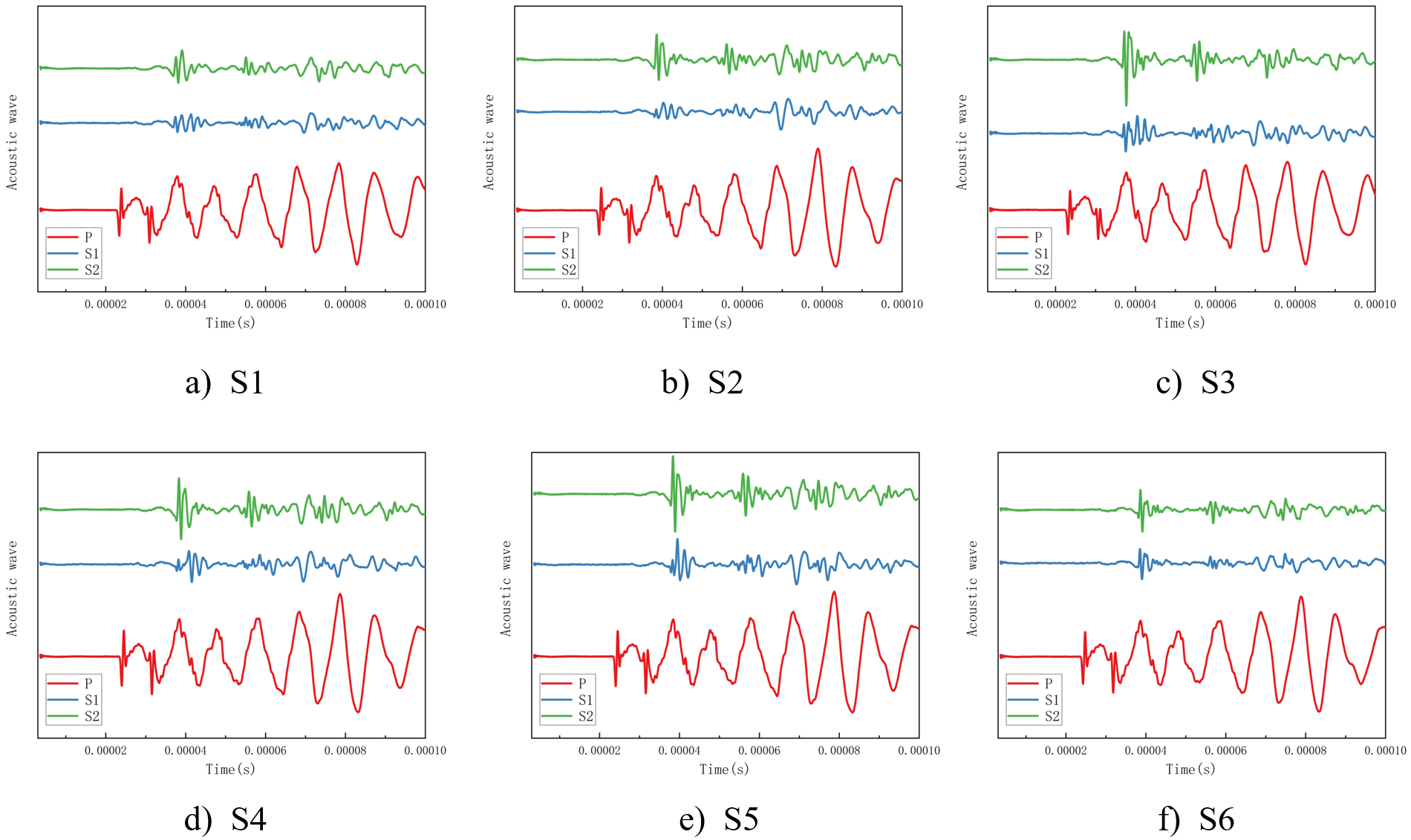Abstract
In shale reservoirs, fracturing fluid can be easily absorbed into the pore space due to the strong capillary force of shale. These invading fluids can impact the rock mechanical properties and creep behavior characteristics of shale under water-rock interaction. This paper discussed the influence of water-rock interaction on the mechanical parameters and creep behavior of shale rocks based on shale hydration swelling experiments, acoustic-triaxial compression tests, and shale creep experiments. The experiments show that: There are two stages of shale hydration swelling: rapid swelling stage and stable swelling stage. Temperature mainly impacts the hydration swelling rate, while the type of liquid mainly impacts the hydration swelling amplitude. Water-rock interaction can damage the shale mechanical properties and cause the decrease of the Young's modulus, Poisson's ratio, and compressive strength. The degradation rate of Young's modulus and compressive strength significantly decreases after 10 days of water rock interaction. Water rock interaction can also alter the creep characteristics of shale, increasing the amplitude and rate of shale creep. The lower the liquid mineralization, the stronger the shale creep. The higher the temperature, the stronger the creep of shale.
Keywords
shale
water-rock interaction
rock mechanics parameters
shale creep
hydration swelling
Data Availability Statement
Data will be made available on request.
Funding
This work was supported without any funding.
Conflicts of Interest
The authors declare no conflicts of interest.
Ethical Approval and Consent to Participate
Not applicable.
Cite This Article
APA Style
Luo, A., He, J., Li, J., Gong, X., Cao, W., & Wu, Y. (2025). Experimental Study on the Influence of Water-rock Interaction on the Mechanical Characteristics and Creep Behavior of Shale. Journal of Geo-Energy and Environment, 1(2), 61–69. https://doi.org/10.62762/JGEE.2025.256463
Publisher's Note
ICCK stays neutral with regard to jurisdictional claims in published maps and institutional affiliations.
Rights and Permissions

Copyright © 2025 by the Author(s). Published by Institute of Central Computation and Knowledge. This article is an open access article distributed under the terms and conditions of the Creative Commons Attribution (CC BY) license (
https://creativecommons.org/licenses/by/4.0/), which permits use, sharing, adaptation, distribution and reproduction in any medium or format, as long as you give appropriate credit to the original author(s) and the source, provide a link to the Creative Commons licence, and indicate if changes were made.


 Submit Manuscript
Edit a Special Issue
Submit Manuscript
Edit a Special Issue

 Copyright © 2025 by the Author(s). Published by Institute of Central Computation and Knowledge. This article is an open access article distributed under the terms and conditions of the Creative Commons Attribution (CC BY) license (https://creativecommons.org/licenses/by/4.0/), which permits use, sharing, adaptation, distribution and reproduction in any medium or format, as long as you give appropriate credit to the original author(s) and the source, provide a link to the Creative Commons licence, and indicate if changes were made.
Copyright © 2025 by the Author(s). Published by Institute of Central Computation and Knowledge. This article is an open access article distributed under the terms and conditions of the Creative Commons Attribution (CC BY) license (https://creativecommons.org/licenses/by/4.0/), which permits use, sharing, adaptation, distribution and reproduction in any medium or format, as long as you give appropriate credit to the original author(s) and the source, provide a link to the Creative Commons licence, and indicate if changes were made. 